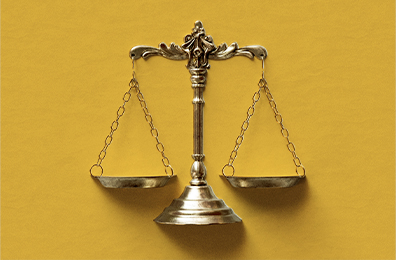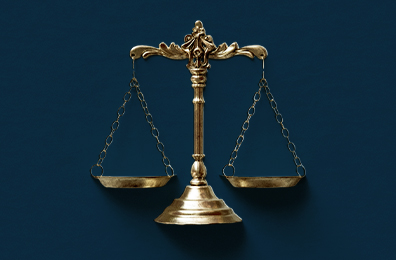
Sport Integrity Australia acknowledges that Wrestling Australia has imposed a one-month period of Ineligibility on athlete Artemios Trepca for the Presence of a metabolite of a Prohibited Substance
17 December 2025
Sport Integrity Australia acknowledges that Basketball Australia has imposed a one-month period of Ineligibility on athlete Sara Houston for the Presence of a metabolite of a Prohibited Substance
11 December 2025
Sport Integrity Australia acknowledges that Basketball Australia has imposed a one-month period of Ineligibility on athlete Akech Aliir for the Presence of a metabolite of a Prohibited Substance
8 December 2025
Sport Integrity Australia acknowledges that the Australian Football League (AFL) has imposed a three-year period of Ineligibility on athlete Rhys Mathieson for the Presence of a metabolite of a Prohibited Substance and the Use of a Prohibited Substance
30 October 2025
Sport Integrity Australia acknowledges the decision of the International Tennis Integrity Agency (ITIA) to impose a ten-month period of Ineligibility on Australian athlete Thomas Fancutt for the breach of Article 2.2 of the World Anti-Doping Code (The Code)
13 October 2025
Sport Integrity Australia acknowledges the decision of Wheelchair Rugby Australia to impose a 3-year period of Ineligibility on athlete Luke Matthews for the Presence of a Prohibited Substance, namely Phentermine
12 August 2025
Sport Integrity Australia acknowledges the decision of the Asian Football Confederation (AFC) Disciplinary and Ethics Committee to impose a 4-year ban on athlete Shervin Keshavarz Adeli
8 August 2025
Sport Integrity Australia acknowledges that the International Tennis Integrity Agency (ITIA) has imposed a two-year period of Ineligibility on athlete Max Purcell for the Use and/or Attempted Use of a Prohibited Method
30 June 2025
We acknowledge the decision of the French Anti-Doping Agency, Agence Francaise De Lutte Contre Le Dopage (AFLD) to impose a 3-year period of Ineligibility on Australian athlete Brock Hamill
26 May 2025
Sport Integrity Australia acknowledges that Australian Athletics has imposed a three-year period of Ineligibility on athlete Amanda (Mandy) Mason for the Presence and Use of a Prohibited Substance
19 May 2025Pagination
Subscribe for updates
Our latest news, resources, podcasts, courses and webinars.